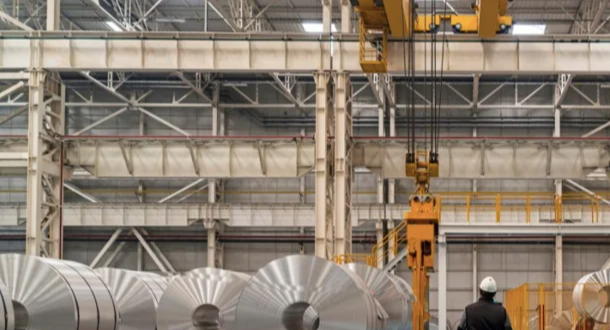The digital transformation of industrial marketing and sales
There is something weird going on in the (manufacturing) industry, which is causing the potential that these companies have to go unused. And that's a shame, especially now that the average payback period has become shorter because the product life cycle has decreased tremendously over the last 30 years.
Optimization of primary processes
Because the time of developing, producing and marketing a product has become much shorter, many industries have focused enormously on making these processes more effective and efficient, especially development and production. Consequently, there has been considerable investment in new technologies such as the use of new materials, smarter production machines, new and smarter components, but very much also in automation and computerization through ERP systems.
In short: both hardware and software have been taken to task in the primary processes in order to obtain and maintain a competitive advantage. This is wonderful, of course, but it also creates a great deal of internal focus. You are so preoccupied with your product leadership and operational excellence that you almost forget the customer. And that's exactly what it's all about isn't it!
Implications of the shorter PLC on the commercial process
Because your payback period has become much shorter, you can do a few things in the commercial process to make the same or even higher returns. You can make your product more expensive, you can sell more around it, and you can sell it more often. The first is often not an option but the second and third are. We'll leave the second for now, selling more around it, because that's the story around servitization. No, selling more often is by far the most interesting.
The first reflex in most boardrooms is to look for new sales channels, read: new countries with new sales people, agencies, more trade shows and nicer flyers including website and other obvious things. One turns the already proven knobs. And that is where things often go wrong today. This is because people do not have sufficient insight into the fact that digital transformation is not only an internally focused matter, but rather one that must be externally focused. And if you are now thinking: what do you mean? Then you should definitely read on.
Innovation in the commercial process through technology
It remains amazing how few people in the manufacturing industry at the executive level understand the implications of the digital revolution in the commercial process. This is not surprising either, because in the commercial field, the role in the board is filled by the commercial manager who is about 80% primarily concerned with sales and the turnovers that come with it. Today, however, the role of the Chief Commercial Officer, CCO is very different, or should be, than it was 10 years ago.
Without question, a CCO should reason from the outside in, i.e., be much more focused on customer intimacy andgetting the market. To do that well, today one can make use of wonderful technology that allows you to get more done with the same amount of resources.
Emergence of marketing, sales and customer service technologies
People don't like change, is the general tenor. But if we look at how quickly people have embraced new technologies in their private lives, that statement is less and less tenable. How quickly have we embraced the Internet, cell phones, electric cars and social media in the private sphere ? Very quickly, in fact.
For organizations, however, that adoption is slower, and slowest in traditional markets such as manufacturing. And that's actually weird, because as fast as engineers are embracing new technologies, it's so slow for commercialists at the same company. And yet there are 1000s of ways to innovate and gain a competitive advantage in those areas as well. Since 2011, Scott Brinker has been tracking what systems/tools have been added in the commercial area. It's unimaginable. There has been over 5000% growth. The so-called Martec landscape now has more than8000 innovative commercial saas solutions.
Rapid growth of technology landscape, slow adoption within commerce
Nowhere do we see such slow adoption of new Martec technologies as in the manufacturing industry. The so-called Martec Law holds true best in this sector. This law says that as time passes, there is a widening gap between technological change and the extent to which an organization embraces these changes. As the gap between them widens, the more potential is left untapped.
And that is exactly what is going on in the industry. As Covid painfully reveals that the old processes are no longer adequate and that there are better alternatives, adoption is necessarily accelerating. Can you imagine what gains can be made if you deal with this consciously and make it one part of your commercial strategy. #Unlockyourbusiness.

Want to get the most out of HubSpot? Subscribe to our newsletter, follow us on LinkedIn, or attend our HubSpot User Days!
Explore HubSpot User DaysShare this
You May Also Like
These Related Stories

Why as a manufacturing company (like many a SaaS company) you should spend more than 50% of your budget on marketing and sales

Lead nurturing - how to increase the likelihood of SQLs in 5 steps

